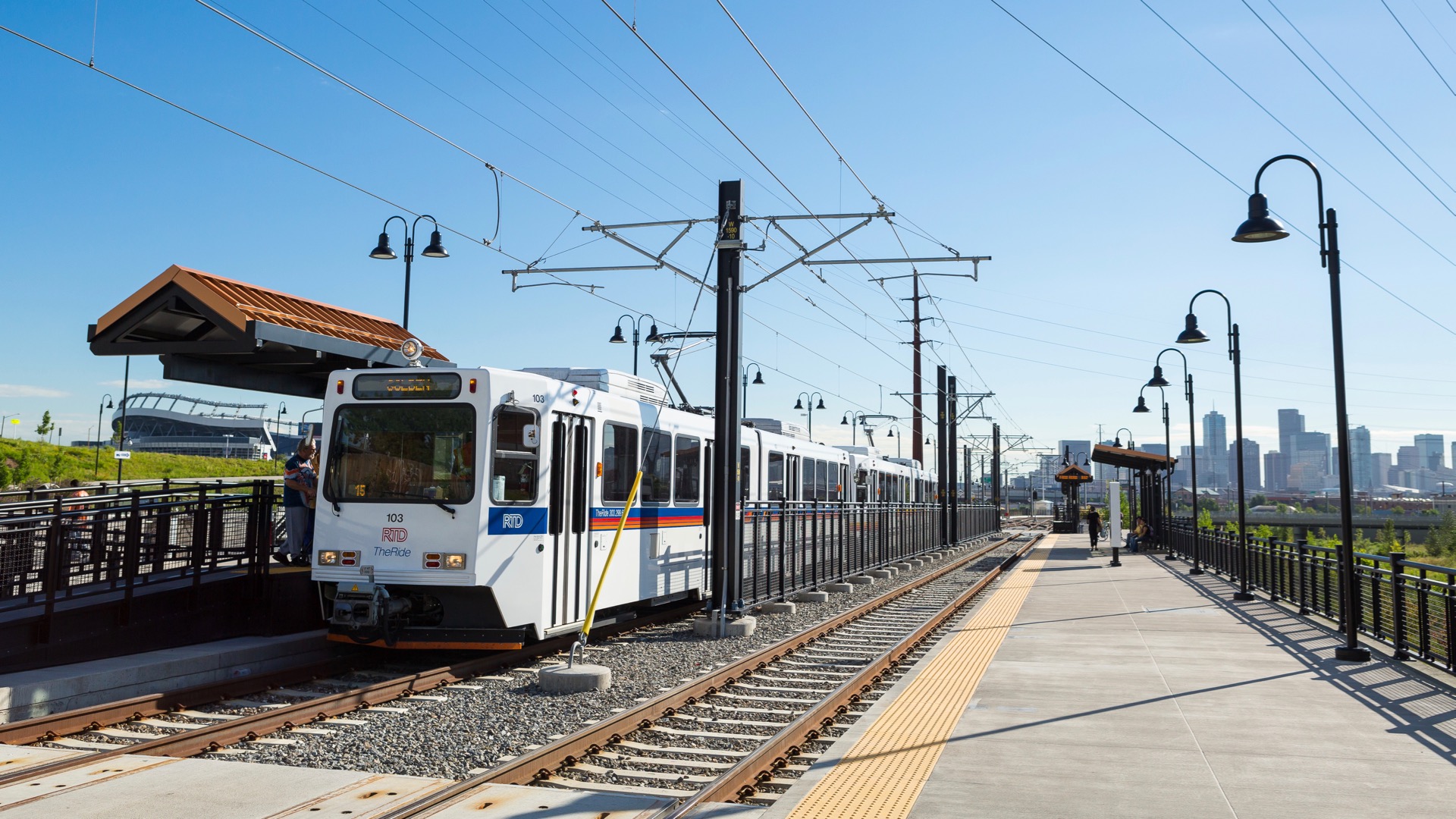

Uber and other ride-hailing services have been accused of competing with public transit and thus increasing traffic congestion. But Uber is now trying to integrate its ride-hailing service with public transit by showing multiple trip options on its app. However, the feature is only available in Denver, for now.
Through a partnership with Denver’s Regional Transportation District (RTD), the Uber app can now show users how to get to their destinations on public transit. As explained in an Uber blog post, a “Transit” option now appears on the app, showing things like real-time departure and arrival times, and walking directions to nearby stations.
That kind of information is already available in many cities through Google Maps, but Uber said users will soon be able to buy digital RTD tickets through its app. That would differentiate Uber from Google, and the added convenience might even encourage more people to use public transit. RTD operates light rail, commuter rail, and bus service in Denver.
This is just the first step, according to Uber. The company said it has an “entire suite of services” beyond the app that it is actively marketing to transit agencies. Uber has undertaken small-scale partnerships with agencies in other cities, but Denver is the first city in which all public transit services are listed on the Uber app alongside ride-hailing. Rival Lyft has also discussed integrating public transit with its app.
Both Uber and Lyft are looking at alternatives to their core ride-hailing businesses, such as bike and scooter-sharing services. The two companies are expected to launch initial public offerings (IPO) this year, meaning they’ll need to show the potential for sustained growth to would-be investors. But Uber, Lyft, and other ride-hailing companies are facing increased scrutiny from regulators over issues like traffic congestion and driver pay.